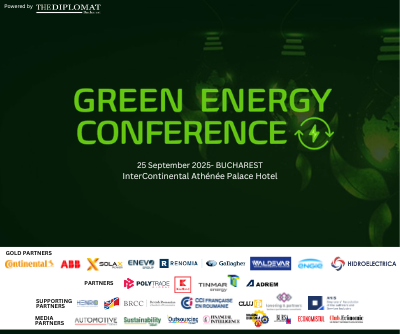Stellantis invests 100 million USD in Controlled Thermal Resources

Stellantis and Controlled Thermal Resources (CTR) today announced a major investment of over 100 million USD from Stellantis to advance the development of CTR’s Hell’s Kitchen project, the world’s largest geothermal lithium project with a total resource capacity to produce up to 300,000 metric tons of lithium carbonate equivalent each year. Lithium produced at Hell’s Kitchen will support Stellantis vehicles’ BEV eligibility for consumer incentives under the U.S. Inflation Reduction Act (IRA).
Additionally, the companies expanded the initial supply agreement, which now calls for CTR to supply up to 65,000 metric tons of battery-grade lithium hydroxide monohydrate (LHM) each year over a 10-year contract term. This new agreement incorporates the original lithium supply agreement signed by both companies in June 2022 for up to 25,000 metric tons of LHM per year.
CTR’s Hell’s Kitchen project in California’s Imperial County will recover lithium from geothermal brines using renewable energy and steam to produce “green” battery-grade lithium products in a fully integrated process. This eliminates the need for evaporation brine ponds, open pit mines and fossil-fueled lithium processing.
“The foundation of our industry-leading decarbonization drive includes low-emissions production and sustainable supply as the building blocks for our electric vehicles,” Stellantis CEO Carlos Tavares said. “The latest agreement with CTR is an important step in our care for our customers and our planet as we work to provide clean, safe and affordable mobility in North America.”
As part of the Dare Forward 2030 strategic plan, Stellantis announced plans of reaching a 100 percent passenger car BEV sales mix in Europe and 50 percent passenger car and light-duty truck BEV sales mix in the United States by 2030. To achieve these sales targets, the Company is securing approximately 400 GWh of battery capacity, supported by six battery manufacturing plants in North America and Europe. Stellantis is on track to become a carbon net zero corporation by 2038, all scopes included, with single-digit percentage compensation of remaining emissions.
“This substantial investment in CTR by Stellantis marks an outstanding milestone for our company and further solidifies our efforts to support sustainable electric vehicle battery production,” CTR Chief Executive Officer Rod Colwell said. “With electric vehicle adoption growing rapidly in the U.S. and throughout the world, it has never been more important to ensure battery materials are sourced and produced responsibly. Through localizing the battery supply chain, we can minimize supply chain risk and create thousands of jobs in a disadvantaged community. We applaud the leadership of Stellantis and look forward to working together to set new industry benchmarks for reliability, efficiency, and sustainability.”
CTR is scheduled to commence battery-grade lithium hydroxide monohydrate supply for Stellantis in 2027. The company expects to create 480 construction jobs through comprehensive project labor agreements and upward of 940 direct project jobs when the resource is fully developed.



















